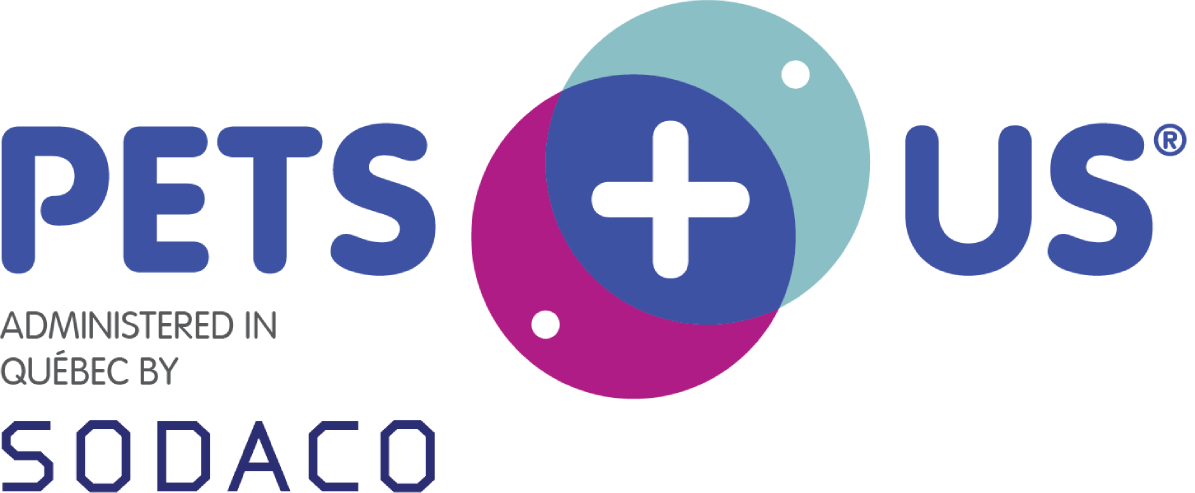
5 Ways To Deal With An Object Possessive Dog
Some may call it possessiveness, others may call it “resource guarding,” but it’s a big problem for many dog owners. Like a small child that calls out “Mine!” when grabbing at their favourite toys, dogs feel protective of their prized possessions too.
Dogs may become possessive over their toys out of fear or anxiety. It may appear innocent at first (after all, it’s a natural response to a perceived threat). You might say that your dog “ignores” you when you ask them to drop a toy that they have in their mouth. Without proper training and prevention techniques, this behaviour can escalate to unwanted behaviour like growling, lunging, and snapping.
In those situations where the behaviour has escalated, it’s best to consult with a professional trainer who can help correct your dog’s aggressive behaviour.
If your dog is showing mild object possessiveness (like pretending not to hear you say “give me that”), there are some strategies you can use to manage the situation and prevent things from getting worse.
1. Retrain Your Brain
Remember, you are the human. Everything in the house and your other personal spaces belong to you. Your dog is a borrower (even of their own toys). If you can remember this, it will make sticking to a training regime that much easier.
2. Change the Environment
It could be a stuffed toy filled with squeakers or a delectable duck chew treat. If it causes your dog to become overly possessive, it may be best to not keep those items in the house. Of course, this is easier said than done. There may be situations where you need to keep those highly coveted objects in the house. That’s when baby gates really come in handy. Use them to prevent your dog from going into rooms and accessing objects they tend to become possessive of. Gates are especially useful in homes with more than one dog.
3. Good Manners at Mealtime
Your dog may not be able to say “please” or “thank you,” but you can still teach them how to practice good manners before chowing down. Have your dog sit or lay down before you pour their food into their bowl. That way they’ll learn that mealtime isn’t a free-for-all and that patience is rewarded. They’ll also start to understand that something positive will happen when a human is near their food bowl. It might take some work, but soon you’ll have the politest and most patient pup on the block!
4. “Drop”
This trusty command is essential not just for humans dealing with an object possessive dog, but all dog owners. When your dog has a toy in their mouth, initiate a trade. Show them a high-value treat or toy that will tempt them into dropping the object in their mouth and say, “Drop.” It’ll take some practice, but eventually, you may not even need to trade and your dog will automatically drop what they’re holding as soon as they hear the command.
5. “Leave It”
This is another great command that promotes safety. Mastering this skill will prevent your dog from picking up an object that could potentially harm them. Show your dog that they’ve gotten the hang of it by rewarding them with a treat each time they show their restraint. Be sure to try out this command in other scenarios such as the dog park and in the middle of play too.
With some patience and perseverance, you can learn to better manage your dog’s possessive tendencies. If you need a stricter training plan, be sure to reach out to a local dog trainer for more help.
